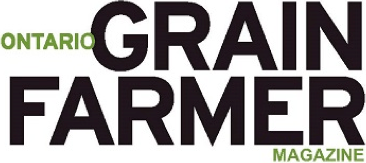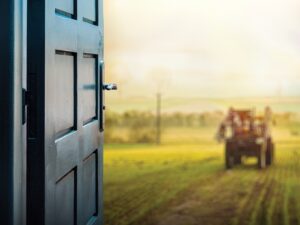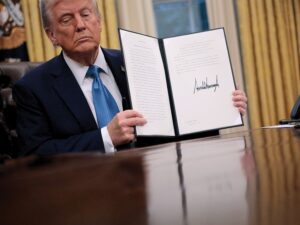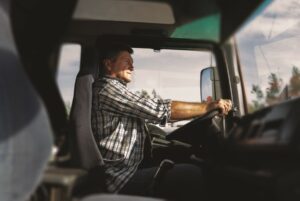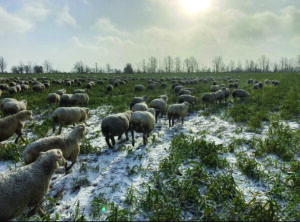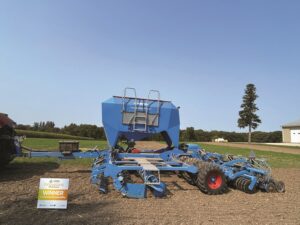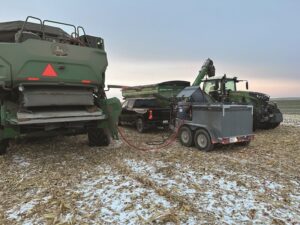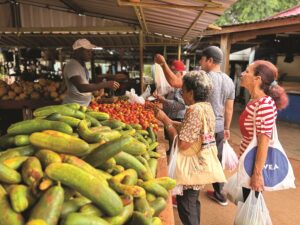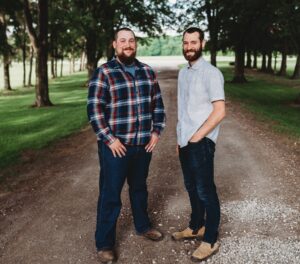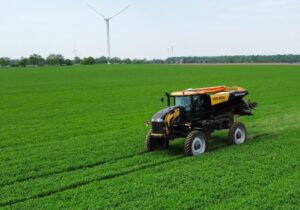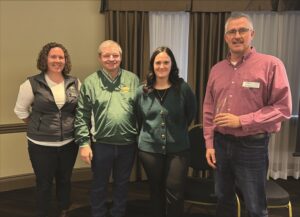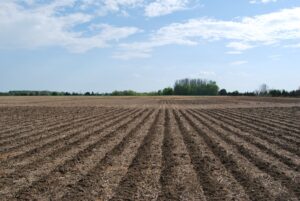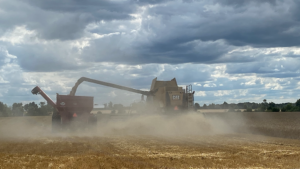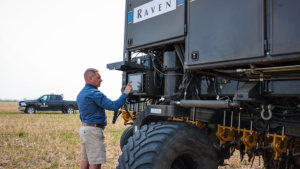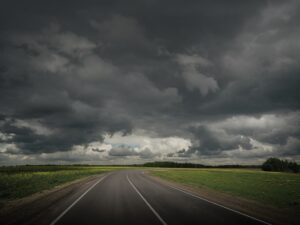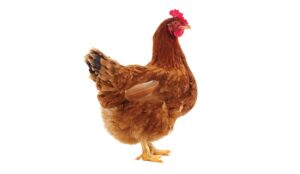Saving seeds for the future
Plant genetics are critical for global food security
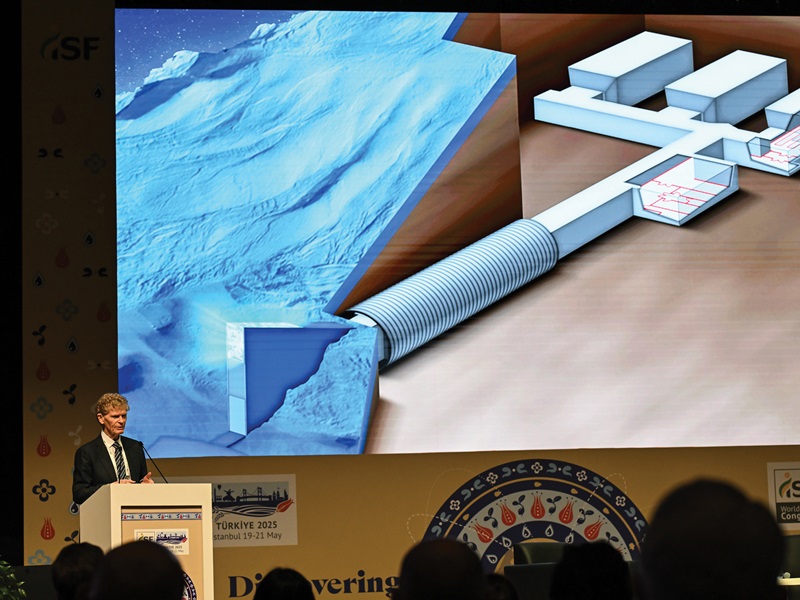
Home to polar bears, Arctic foxes, reindeer, and walruses, Svalbard, Norway, is a remote archipelago in the Arctic Ocean. It is situated halfway between mainland Norway and the North Pole, and is one of the world’s northernmost inhabited areas, known for its dramatic, stark beauty and extreme conditions.
It is also home to the world’s most diverse collection of seeds and genetic material: a “doomsday” collection of over 1.3 million seed varieties from around the globe, known as the Svalbard Global Seed Vault.
GLOBAL COOPERATION
The Seed Vault was the brainchild of Cary Fowler, who, named as head of the Global Crop Diversity Trust in 2005, envisioned safeguarding the genetic diversity stored in gene banks around the world.
“Gene banks, for a lay person, are a fancy word for freezers, in regular buildings,” says Fowler, who was the keynote speaker at the International Seed Federation Congress in Istanbul, Türkiye, in May 2025.
Those ‘regular buildings’ are prone to all kinds of disasters—fire, floods, war. Fowler says he kept a file on his computer named ‘Gene Bank Horror Stories,’ documenting the irreplaceable loss of genetic diversity.
“Every time something like this happened and it was an extinction event, we lost diversity, including unique diversity, including perhaps unique traits that a particular crop species might need in the future, and we lost it forever. It was gone like the dinosaurs.”
HOW THE VAULT WORKS
Svalbard, although remote, is an ideal location for such a facility. Built into the side of a mountain, the Vault, opened in 2008, measures 27 metres long, six metres wide, and six metres tall, and is accessible by a 100-metre-long tunnel. The seeds are stored in freezers at -18 °C, but even in the case of power loss, the permafrost prevents temperatures from rising above -5 °C.
“[The seeds] would still remain frozen. And that would give us, according to our calculation, many months to get the repairman out to fix the equipment,” says Fowler.
Funded by a global partnership between the Norwegian government, the Global Crop Diversity Trust, the Nordic Genetic Resource Center, and international contributions from governments, gene banks, non- governmental organizations, and private donors, storing seeds in the vault is provided free of charge to depositors.
“It operates like a safety deposit box at the bank,” says Fowler. “Depositors send a duplicate copy of their seeds. The Seed Vault protects those seeds free of charge. And if anything happens to the original copy…they can be returned to the depositor. Nobody else has access to them.”
REAL-WORLD DISASTER AVERTED
The ‘worst-looking’ boxes in the seed vault, says Fowler, are his favourite; and they highlight just how important the seed vault is in preserving genetic diversity. The boxes came from the International Center for Agricultural Research in Dry Areas, Icarta, located outside of Aleppo, Syria.
“The reason why they’re my favourite is that we got those boxes out in an emergency situation just before basically all hell broke loose in Aleppo, Syria, during the civil war there,” says Fowler.
Two weeks before civil war fighting began in the area, the boxes were hastily collected and evacuated by truck. The center was a major holder of genetic material, particularly wheat and barley, bred for drought and heat tolerance.
“In other words, of global importance,” says Fowler. “It would have been a true global humanitarian disaster had that collection been lost.”
CANADIAN CONTRIBUTIONS
In Canada, the Plant Gene Resources of Canada (PGRC), located at Agriculture and Agri-Food Canada’s Saskatoon Research and Development Centre, is one of three gene banks in the country.
PGRC stores seeds that contain genetic material critical for research, education, or plant breeding, serving as a reservoir of the biodiversity of cultivated plants and their wild relatives, including native species with potential for agriculture or horticulture. These genetic resources are available to share with research clients across Canada and more than 65 countries worldwide, with approximately 6,000 seed samples shipped annually to help plant breeders address issues such as pests, diseases, and climate change.
“I believe in breeders sharing germplasm,” says Istvan Rajcan, University of Guelph soybean breeder. “Everybody keeps their genetics close to their heart, which is not good for the industry at the end of the day.” The PGRC holds a collection of Ontario Agricultural College-developed varieties, including soybean and wheat accessions.
The Svalbard Global Seed Vault is an important ‘back-up’ for the collection in Saskatoon, which has shipped samples to Svalbard since it opened in 2008. In 2023, the 15th anniversary of the Global Seed Vault, the Centre sent its ninth shipment of seeds, bringing the total number of the Centre’s seed samples stored at the facility to 35,000.
ONGOING WORK
In June 2025, the Svalbard Global Seed Vault received its most recent deposit, with a further 11,206 samples added to its collection. Among the depositors was Can Tho University in Vietnam, which, for the first time, contributed 1,000 rice samples, both improved and traditional varieties, selected to reflect the crop’s cultivation in the Mekong Delta; the U.S. Seed Savers Exchange, depositing varieties of arugula, barley, common beans, collard, cowpea, cucumber, eggplant, flax, lettuce, millet, okra, poppy, rutabaga, sesame, sunflower and tomato; and Korea’s Rural Development Administration, with 4,000 accessions of key local crop including rice, soybean, adzuki bean, barley, sesame, sorghum, foxtail millet, perilla, and radish.
“This [deposit] provides another snapshot of the rich crop diversity now held in the Seed Vault,” says Stefan Schmitz, executive director of the Crop Trust. “These deposits acknowledge cultural heritage as key to the survival of plant varieties that are all too often forgotten but are surely vital to the future of food. The Crop Trust works to ensure these culturally significant crops are conserved forever. The time to act is now.” •
